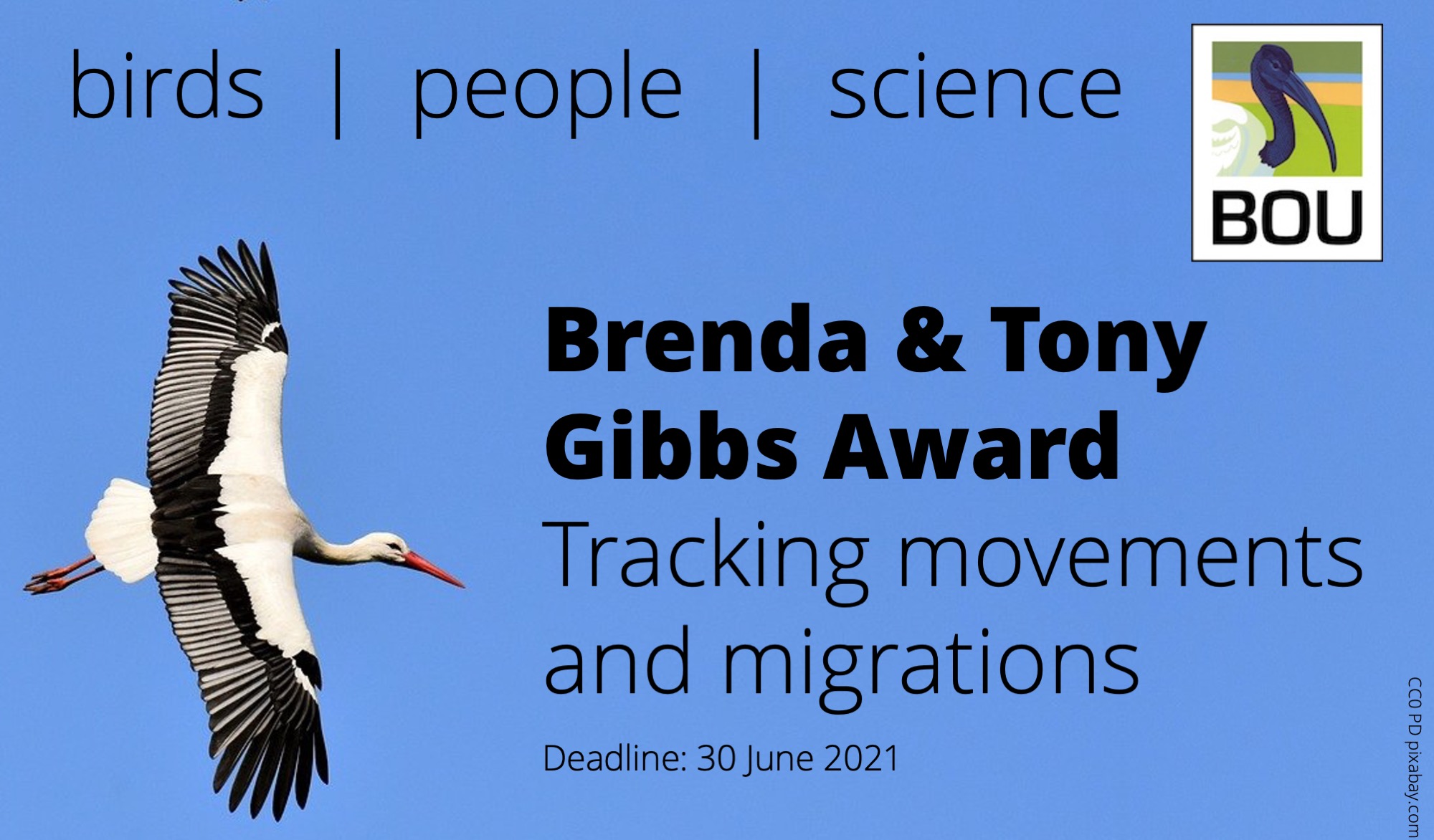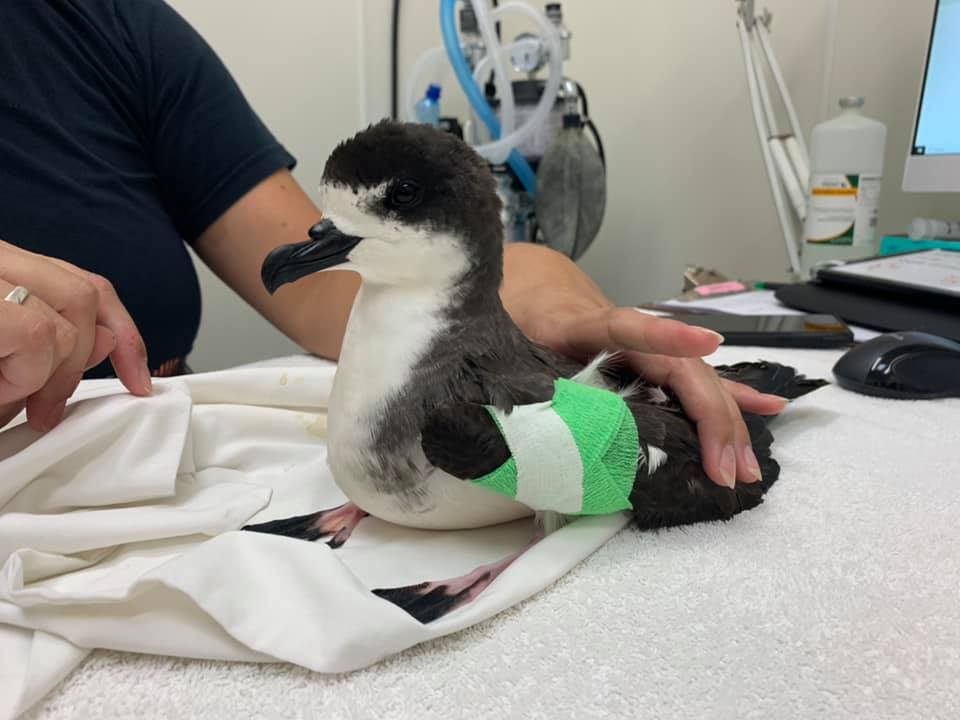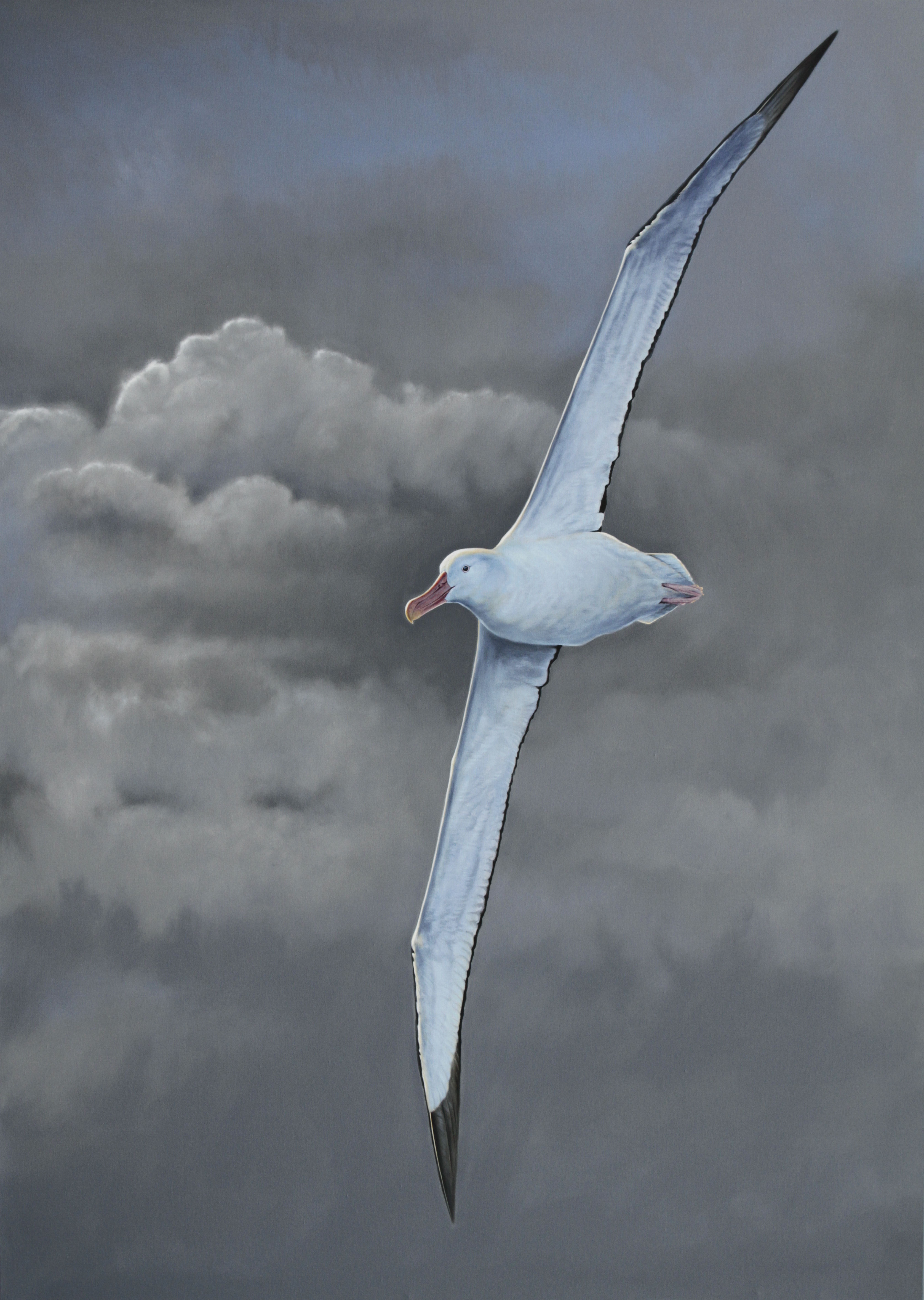
The Brenda and Tony Gibbs Award of UK£20 000 is funded by a legacy left to the British Ornithologists’ Union (BOU) to specifically fund research on tracking and migration studies including the use of new technologies. The award is aimed at funding discovery science, technological advances, high-profile conservation and research with societal impact that delivers a step change in the understanding of the movements and migrations of birds. Research can be undertaken on the movements and migrations of any bird species. It is noted that all 31 ACAP-listed species of albatrosses, petrels and shearwaters are considered to be migratory.
Impacts may be demonstrated through scientific papers, public engagement, technological advancement and/or gaining evidence to further the conservation of birds. The award is not designed to provide long-term funding for a detailed and comprehensive research programme, but to provide the opportunity for discovery science and a springboard for larger research funding. The award is open to BOU members, as well as to non-members residing and working in low or middle income countries, which include five ACAP Parties.
Applicants and their students should check the BOU Small Grants Scheme where smaller-scale tracking/migration projects up to a maximum of UK 2000 will be considered under funding from the Brenda and Tony Gibbs legacy.
The deadline for submission is 30 June 2021. Read more about the award here.
John Cooper, ACAP Information Officer, 15 May 2021

 English
English  Français
Français  Español
Español 


